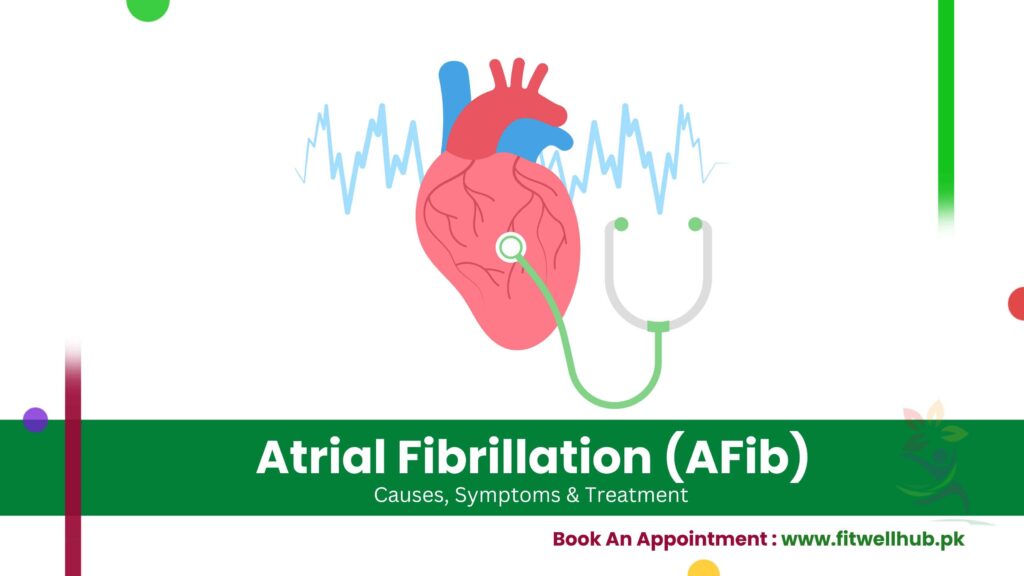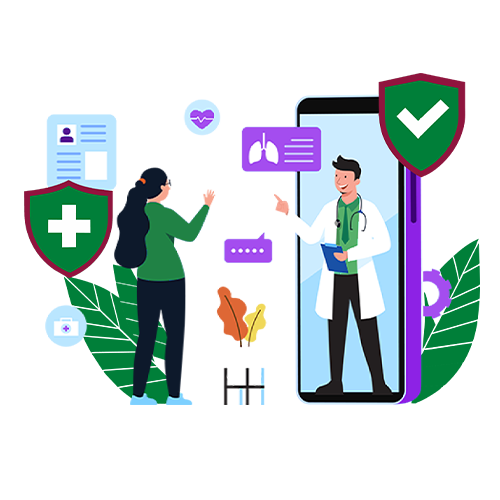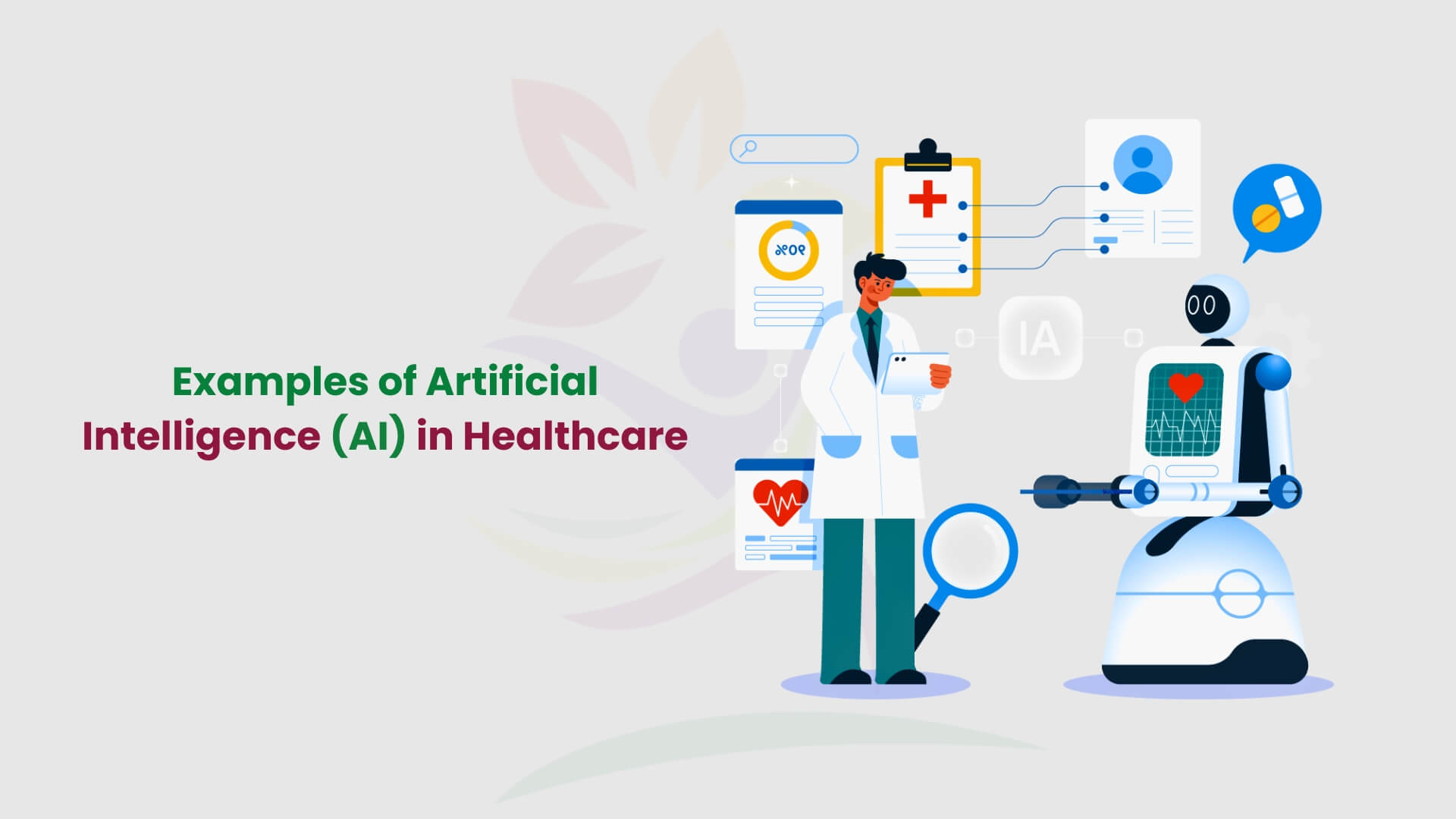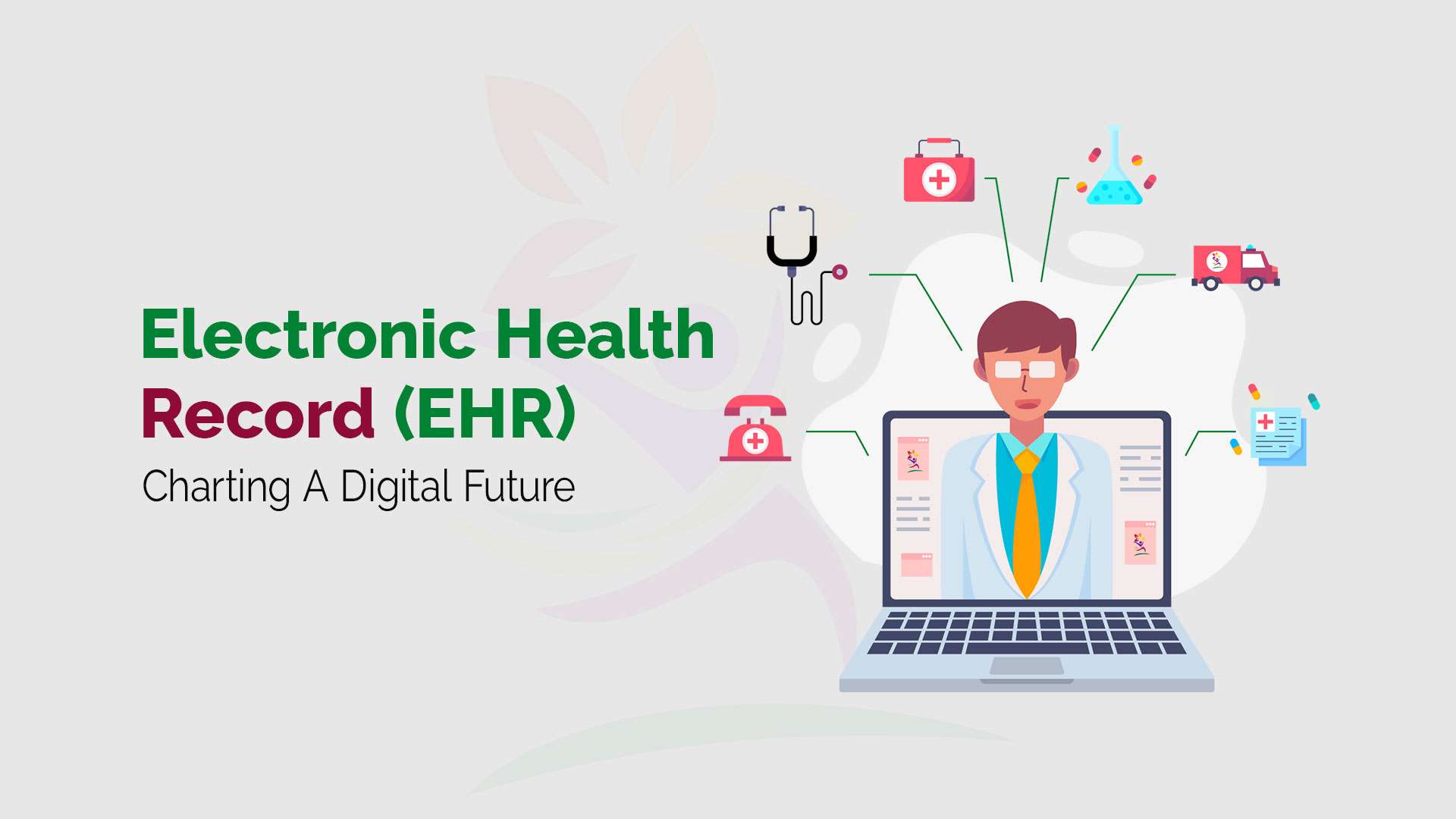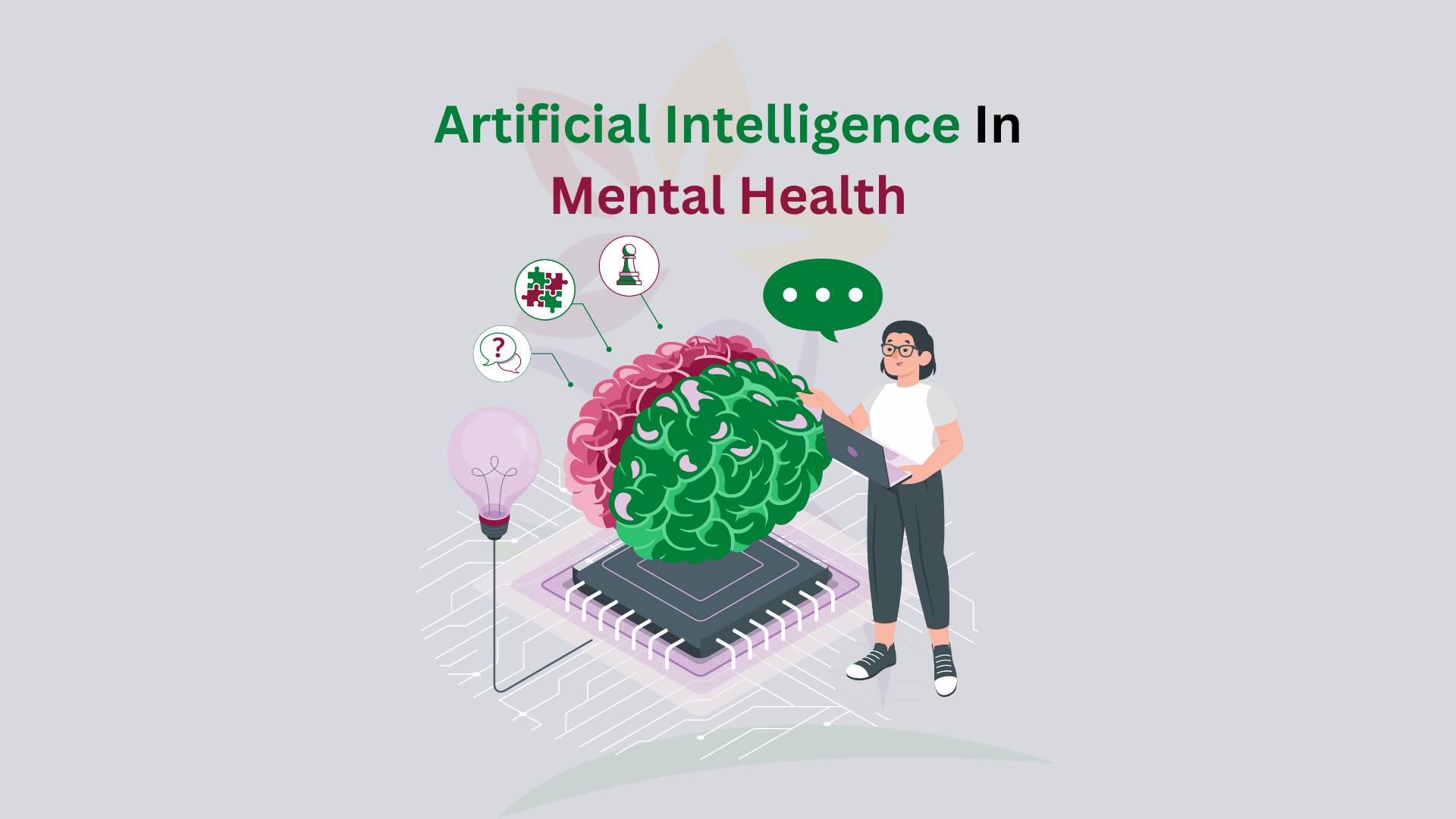Atrial fibrillation, often referred to as AFib or AF, is an irregular heartbeat or arrhythmia that affects the heart’s upper chambers, known as the atria. In this condition, the atria beat chaotically and irregularly, rather than maintaining a steady rhythm.
Quick Links
ToggleAs a result, blood flow through the heart becomes turbulent and inefficient, leading to complications if left untreated. AFib is a prevalent heart condition, affecting millions of people worldwide. It is more common in older adults but can occur at any age.
Atrial Fibrillation Explained: Symptoms and Causes
Symptoms:
The symptoms of atrial fibrillation can vary greatly from person to person, and some individuals may not experience any noticeable signs at all. However, it is essential to be aware of the potential symptoms, as they can help in early detection and prompt treatment. Common symptoms of AFib include:
- Palpitations: A sensation of a rapid, fluttering, or irregular heartbeat is often one of the most prominent symptoms.
- Fatigue: The inefficient blood flow caused by AFib can lead to decreased oxygen supply, resulting in persistent fatigue and weakness.
- Shortness of breath: As the heart struggles to pump blood effectively, individuals may experience difficulty breathing, particularly during physical activity.
- Chest discomfort: Some individuals may experience chest pain, tightness, or pressure, which can be mistaken for other heart-related conditions.
- Dizziness or lightheadedness: The irregular blood flow can cause temporary imbalances in blood pressure, leading to episodes of dizziness or a feeling of lightheadedness.
It is crucial to note that the presence or absence of symptoms does not necessarily indicate the severity of the condition. Even individuals with no apparent symptoms may still be at risk for complications associated with atrial fibrillation.
Causes:
Atrial fibrillation can arise from various underlying causes, some well-understood, while others remain uncertain. Some of the most common causes include:
- Aging: As we age, the risk of developing AFib increases due to age-related changes in the heart and cardiovascular system.
- High blood pressure (Hypertension): Uncontrolled high blood pressure can strain the heart and increase the likelihood of developing atrial fibrillation.
- Heart disease: Conditions such as coronary artery disease, heart valve disorders, and heart failure can contribute to the development of AFib.
- Thyroid disorders: Both an overactive thyroid (hyperthyroidism) and an underactive thyroid (hypothyroidism) can disrupt the heart’s rhythm and increase the risk of atrial fibrillation.
- Sleep apnea: This sleep disorder, characterized by interrupted breathing during sleep, has been linked to an increased risk of AFib.
- Excessive alcohol consumption: Excessive and prolonged alcohol intake can contribute to the development of atrial fibrillation by affecting the heart’s electrical system.
- Certain medications: Some medications, including those used to treat cancer, can potentially increase the risk of AFib as a side effect.
In some cases, the underlying cause of atrial fibrillation may be idiopathic, meaning that no specific cause can be identified.
Atrial Fibrillation: Diagnosis and Complications
Diagnosing – the role of ECG
Diagnosing atrial fibrillation typically involves a combination of physical examination, medical history, and various diagnostic tests. One of the most crucial tools in diagnosing AFib is the electrocardiogram (ECG or EKG). An ECG is a non-invasive test that records the heart’s electrical activity.
During an atrial fibrillation episode, the ECG will display an irregular and chaotic pattern, reflecting the disorganized electrical signals originating from the atria. In addition to the ECG, other diagnostic tests may be employed to assess the underlying causes and potential complications of AFib. These tests may include:
- Blood tests: Checking for thyroid disorders, electrolyte imbalances, or other underlying conditions that could contribute to atrial fibrillation.
- Echocardiogram: An ultrasound examination of the heart that can evaluate its structure, function, and potential abnormalities.
- Stress test evaluates the heart’s response to physical activity and can help identify underlying heart conditions that may contribute to atrial fibrillation.
- Holter monitor or event recorder: Portable devices that continuously monitor the heart’s electrical activity over an extended period, helping to detect irregular heart rhythms that may not be present during a single ECG.
By accurately diagnosing atrial fibrillation and identifying any underlying causes, healthcare providers can develop an effective treatment plan tailored to the individual’s needs.
Complications:
While atrial fibrillation itself may not be life-threatening, it can lead to various complications if left untreated. Some potential complications include:
Stroke: Atrial fibrillation increases the risk of blood clots forming in the heart, which can travel to the brain and cause a stroke.
Heart failure: The irregular and inefficient pumping action of the heart during AFib can strain the heart muscle, potentially leading to heart failure over time.
Cognitive impairment: Atrial fibrillation has been associated with an increased risk of cognitive decline and dementia, although the exact mechanisms are not fully understood.
Fatigue and reduced quality of life: The symptoms of AFib, such as palpitations, fatigue, and shortness of breath, can significantly impact an individual’s daily activities and overall quality of life.
It is essential to manage atrial fibrillation effectively to minimize the risk of these complications and maintain optimal heart health.
Managing Atrial Fibrillation: Lifestyle & Medication
Management usually includes lifestyle changes and medication, depending on the severity and any underlying causes or risk factors.
Lifestyle changes
| Category | Description |
| Weight Management | Maintaining a healthy weight can ease heart strain and reduce the risk or severity of AFib. |
| Exercise | Regular exercise like walking, swimming, or cycling can boost heart health and lower the risk of AFib episodes. |
| Dietary Modifications | A diet rich in fruits, vegetables, whole grains, and lean proteins can promote heart health and help manage conditions like high blood pressure and obesity, risk factors for atrial fibrillation. |
| Stress Management | Chronic stress can contribute to the development and exacerbation of atrial fibrillation. Practicing stress-reducing techniques like meditation, yoga, or deep breathing exercises can be beneficial. |
| Limiting Alcohol Consumption | Excessive alcohol intake has been linked to an increased risk of atrial fibrillation. Moderation or abstinence from alcohol may be recommended. |
Medication
In addition to lifestyle changes, medications may be prescribed to manage AFib and prevent complications. Common medications used in the treatment of atrial fibrillation include:
| Type | Description |
| Antiarrhythmic drugs | These medications, such as amiodarone, sotalol, or flecainide, can help control the heart’s rhythm and prevent or terminate AFib episodes. |
| Anticoagulants (blood thinners) | Medications like warfarin, apixaban, or rivaroxaban are often prescribed to reduce the risk of blood clots and stroke in individuals with atrial fibrillation. |
| Beta-blockers or calcium channel blockers | These medications can help control the heart rate during AFib episodes and may be used in combination with other treatments. |
It is essential to work closely with your healthcare provider to develop an individualized treatment plan that addresses your specific needs and minimizes the risk of complications.
Medical Treatment Procedures
There are several medical procedures available for the treatment of AFib. Let’s explore some of these procedures in more detail:
Cardioversion:
- Electrical cardioversion: This procedure involves delivering a controlled electric shock to the heart through paddles or electrode pads placed on the chest. The electric shock aims to reset the heart’s electrical activity and restore a normal heart rhythm.
- Pharmacological cardioversion: In this approach, intravenous medications, such as amiodarone or ibutilide, are administered to help convert the heart back to a normal rhythm.
Catheter ablation:
- Radiofrequency ablation: During this procedure, a catheter is inserted into the heart through a blood vessel in the groin or arm. The catheter emits radiofrequency energy to create scar tissue in the areas of the heart responsible for the abnormal electrical signals causing atrial fibrillation.
- Cryoablation: Similar to radiofrequency ablation, but instead of using heat, this procedure employs extreme cold (cryotherapy) to create scar tissue and disrupt the abnormal electrical pathways.
Surgical ablation (Maze procedure):
- This open-heart surgery involves creating a series of precise incisions or ablations in the atria, forming scar tissue that disrupts the abnormal electrical signals responsible for AFib.
- You can perform the Maze procedure using various techniques, including radiofrequency energy, cryotherapy, or traditional surgical incisions.
Pacemaker or defibrillator implantation:
Pacemakers: Doctors implant these small devices under the skin, typically near the collarbone, to deliver electrical impulses that regulate the heart’s rhythm.
Implantable cardioverter-defibrillators (ICDs): Similar to pacemakers, ICDs can also deliver a controlled electric shock to stop life-threatening arrhythmias, such as ventricular fibrillation.
Left atrial appendage closure:
- During this minimally invasive procedure, the surgeon implants a small device (such as the Watchman or Amulet device) into the left atrial appendage, sealing it off and reducing the risk of blood clots forming and causing a stroke.
It’s important to note that the choice of procedure depends on various factors, including the type and severity of AFib, the presence of underlying heart conditions, and the individual’s overall health and preferences. Your healthcare provider will evaluate your specific situation and recommend the most appropriate treatment option.
AFib: Medications & Drugs to Avoid
Medications play a crucial role in the management of AFib, both in controlling the heart’s rhythm and preventing complications such as stroke. Here are some common medications:
1- Antiarrhythmic drugs:
Amiodarone, sotalol, flecainide, and dofetilide are examples of antiarrhythmic medications that can help control the heart’s rhythm and prevent or terminate atrial fibrillation episodes.
2- Anticoagulants (blood thinners):
Warfarin, apixaban, rivaroxaban, and dabigatran are anticoagulant medications that help reduce the risk of blood clots and stroke in individuals with AFib.
3- Rate control medications:
Beta-blockers (such as metoprolol or atenolol) and calcium channel blockers (like diltiazem or verapamil) can help control the heart rate during AFib episodes.
4- Antihypertensive medications:
Doctors may prescribe angiotensin-converting enzyme (ACE) inhibitors, angiotensin II receptor blockers (ARBs), and diuretics to manage high blood pressure, a common risk factor for atrial fibrillation.
Additionally, individuals with AFib should avoid or use certain medications and substances with caution, as these can potentially worsen the condition or interact with prescribed medications. These include:
- Non-steroidal anti-inflammatory drugs (NSAIDs): Researchers have linked some NSAIDs, such as ibuprofen and naproxen, to an increased risk of AFib episodes.
- Decongestants and cough/cold medications: Many over-the-counter decongestants and cough/cold medications contain stimulants that can increase heart rate and potentially trigger AFib episodes.
- Certain antidepressants, such as tricyclic antidepressants and serotonin-norepinephrine reuptake inhibitors (SNRIs), increase the risk of atrial fibrillation.
- Excessive caffeine and energy drinks: High doses of caffeine or consuming energy drinks can stimulate the heart and potentially trigger AFib episodes.
Heart Rhythm & Rate in Atrial Fibrillation
The heart rate in atrial fibrillation can vary significantly, ranging from relatively slow (less than 60 beats per minute) to extremely rapid (more than 150 beats per minute). The irregularity and rate of the heart’s rhythm can have several consequences, including:
Inefficient blood flow:
The irregular and rapid contractions of the atria can lead to inefficient blood flow from the atria to the ventricles, which can reduce the heart’s overall pumping efficiency.
Increased risk of blood clots:
The irregular and turbulent blood flow in the atria can increase the risk of blood clots forming, particularly in the left atrial appendage, a small pouch in the left atrium.
Symptoms:
The irregular heart rate and inefficient blood flow can cause symptoms such as palpitations, shortness of breath, fatigue, and dizziness.
Complications:
Untreated or uncontrolled AFib can increase the risk of complications such as stroke, heart failure, and cognitive impairment. Don’t delay in addressing these risks—schedule a consultation with a specialist to explore your treatment options and safeguard your heart health.
AFib: Long-Term Outlook & Life Expectancy
It is a chronic condition that requires ongoing management and treatment. Although not considered a life-threatening condition on its own, it can increase the risk of various complications that impact an individual’s long-term outlook and life expectancy. The long-term outlook and life expectancy for individuals with atrial fibrillation can vary significantly depending on several factors, including:
- Age: Older individuals with atrial fibrillation generally have a higher risk of complications and a potentially shorter life expectancy compared to younger individuals with the same condition.
- Underlying health conditions: The presence of other underlying health conditions, such as heart disease, diabetes, or kidney disease, can further complicate the management and increase the risk of adverse outcomes.
- The severity of atrial fibrillation: The severity of atrial fibrillation, including the frequency and duration of episodes, can impact the long-term outlook and the risk of developing complications.
- Treatment adherence: Individuals who adhere to their prescribed treatment plan, including medications, lifestyle modifications, and follow-up appointments, generally have a better long-term outlook compared to those who do not follow their treatment regimen.
- Presence of complications: The development of complications associated with AFib, such as stroke, heart failure, or cognitive impairment, can significantly impact an individual’s quality of life and life expectancy.
- Response to treatment: Some individuals may respond better to certain treatments than others, which can influence their long-term outlook and quality of life.
Frequently Ask Questions
It is a serious condition as it increases the risk of stroke, heart failure, and other heart-related complications. It’s important to manage and treat AFib to reduce these risks.
The main cause of atrial fibrillation is irregular electrical signals in the heart’s upper chambers (atria), often due to conditions like high blood pressure, heart disease, or abnormalities in the heart’s structure.
Certain medications, such as stimulants, decongestants, chemotherapy drugs, antiarrhythmic drugs, and thyroid medications, can cause AFib. Always consult a healthcare provider for individual risks.
To stop atrial fibrillation, seek medical treatment, which may include medications, cardioversion, or lifestyle changes like reducing caffeine and alcohol intake. Always consult a healthcare provider.
It causes stroke because it leads to irregular and rapid heartbeats, which can cause blood to pool and form clots in the heart’s atria. These clots can then travel to the brain, blocking blood flow and resulting in a stroke.

